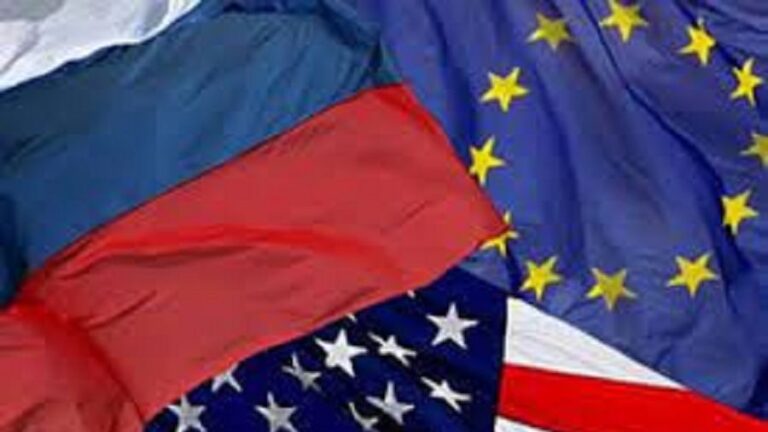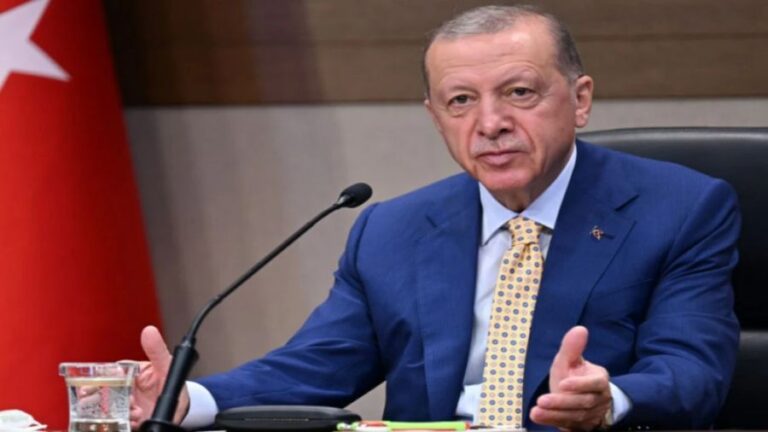White House is Sending “Royal” Gifts to Belarus
There have already been reports earlier about the White House’s increased focus recently on appointing new US Ambassadors to nations in the post-Soviet space to ensure members of diplomatic staff at consulates in these regions are guided by leaders with substantial experience in military and strategic affairs and in instigating coups. And to lend further proof to the aforementioned statement, we have already discussed who Washington chose to send to Central Asian countries as Envoys. They appear to have been tasked with preparing for an “attack” in this region using military experience of certain new ambassadors to stage “color revolutions”.
Finally, it was time for the White House to focus on Belarus, which began showing its willingness to build closer ties with the United States after a number of recent meetings between Belarusian officials and members of US political elite circles. It all started in January 2019, when Minsk lifted a long-standing (10-year) limit on the number of US diplomats allowed in the country. Then Washington started to view the delay in integration between Russia and its Union State, Belarus, in recent years as the beginning the pro-American phase in Minsk’s policies. The United States essentially began to overestimate the extent of the shift in Belarusian policies as meetings between the leadership in Belarus and American officials increased in frequency, thus indicating that Minsk was prepared to actively rebuild its broken relationship with Washington.
In March 2019, and later in July that same year, Deputy Assistant Secretary of State for European and Eurasian Affairs George P. Kent visited Belarus and thanked Minsk for not officially recognizing Crimea as part of Russia. Then, in August, the US National Security Advisor at the time, John Bolton, came to Minsk. In February 2020, United States Secretary of State Mike Pompeo paid an official visit to Minsk, and this provided further confirmation to the fact that Belarus and the USA were fostering closer ties with each other.
In order to ensure that this process continued under the White House’s close supervision and in the direction required by the USA, Donald Trump recently decided to appoint Julie Fisher, the Deputy Assistant Secretary of State, as the Ambassador to Belarus. The blonde diplomat, known for her smile, built her career not only by working with nations that used to be a part of the former USSR, but also by being involved in political strategies of countries in the post-Soviet space that staged “color revolutions”.
Julie Fisher graduated with a Master’s degree from the Woodrow Wilson School for International Affairs at Princeton University. She is fluent in Russian, Ukrainian and French, and also speaks Georgian. Julie Fisher’s work has always been tied to Washington’s policies towards Moscow. She was part of a team tasked with containing the Kremlin and creating a “cordon” around western borders of the Russian Federation, with its boundary with Belarus providing the only remaining gap in it. Currently, she is the Deputy Assistant Secretary of State for Western Europe and the EU responsible for the Belarus — Poland — Ukraine — Georgia sector.
The future Ambassador to Belarus also worked at the US Embassy in Kyiv at the time Viktor Yushchenko was President. Julie Fisher was then posted to Georgia where she was in charge of the political and economic section of the US embassy in Tbilisi and was involved in strategic planning during the age of “color revolutions” under then President Mikheil Saakashvili. Julie Fisher has also worked in Moscow. In 2019, she was the Chargé D’Affaires ad interim at the Embassy of the United States of America in Russia
From 2011 to 2013, in support of the NATO Secretary General, the future Ambassador to Belarus had been the Deputy Director of the Private Office where she covered “North American affairs, the Baltic states, Operations policies and issues related to defense and deterrence posture”. At the time, the alliance actively pursued policies aimed at “strengthening” defenses in the Baltic countries and at fostering closer ties with Georgia.
Thus, in line with the White House’s long-standing requirements, the future Ambassador to Belarus has considerable experience in the military strategy sphere just as a number of her colleagues — US Envoys in Central Asia — do.
Julie Fisher may become the first US Ambassador to Belarus in the past 12 years. After the Belarusian government recalled its Ambassador to Washington in 2008, and the United States removed its Envoy to Belarus from Minsk in response, the number of staff at the American embassy decreased from 35 to 5 people. The US and Belarusian consulates in Minsk and Washington DC are still headed by interim diplomats. It is also worth pointing out that the gradual deterioration of the relationship between Belarus and the USA had started at the end of the 1990s, and an important milestone in this process was the signing into law of the Belarus Democracy Act in 2004 (which included provisions for the imposition of economic sanctions against the country and the closest allies of the Belarusian President) by US President George W. Bush. A year later, US Secretary of State Condoleezza Rice called Alexander Lukashenko “the last dictator” in Europe.
Since Julie Fisher was the one appointed as the US Ambassador to Belarus, her task is quite clear. It is unlikely that Julie Fisher will be openly involved in subversive activity within the Belarusian society, just as she was while working at the American embassies in Tbilisi and Kyiv, because Belarusian citizens are not divided, many firmly believe in the country’s political ideology and the government monitors such actions. She will, undoubtedly, attempt to pull Minsk away from integration projects with Russia and use real existing disagreements between Belarus and the Russian Federation to the US advantage (as for example, the different interpretations in Moscow and Minsk of the concepts of “integration” and “sovereignty”). It is also possible that, while engaging in such activities, she will try to shift Minsk’s focus from Moscow to other alternative integration projects (such as the Baltic-Black Sea initiatives not involving Russia); and to encourage Belarus to collaborate with the Baltic countries, Poland and Brussels instead of Moscow in order to finally close the gap in Washington’s cordon along Russian Federation’s western border.
However, despite Washington’s aforementioned long-term plans, it is hard to believe that they will bear fruit for Julie Fisher and the White House, after all Belarus remains a faithful and loyal ally to Moscow. In addition, Washington’s plans to change who Central Asia aligns with (i.e. a “western democracy” instead of Moscow) by appointing new US ambassadors with relevant experience to the region recently will not succeed either.
By Vladimir Platov
Source: New Eastern Outlook







